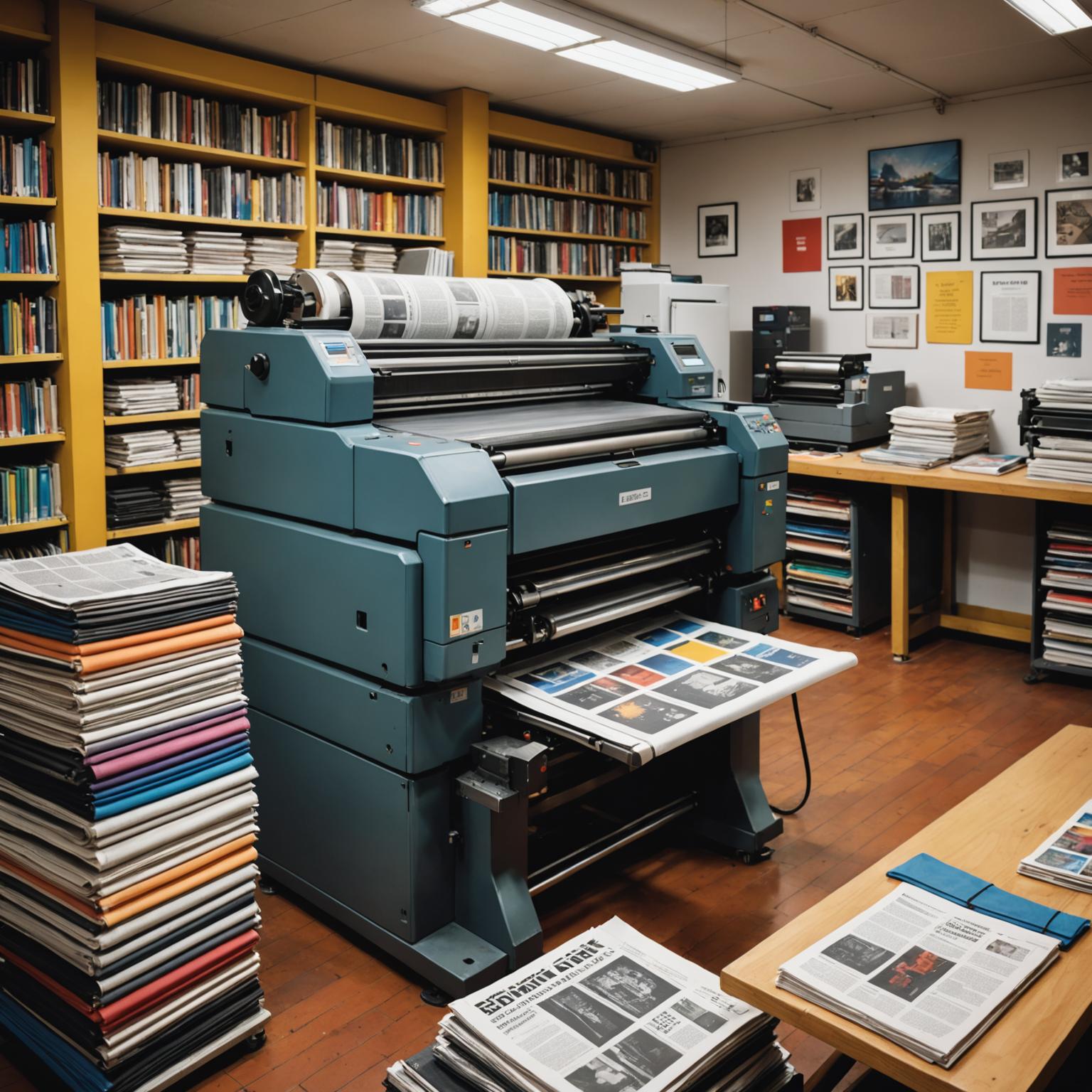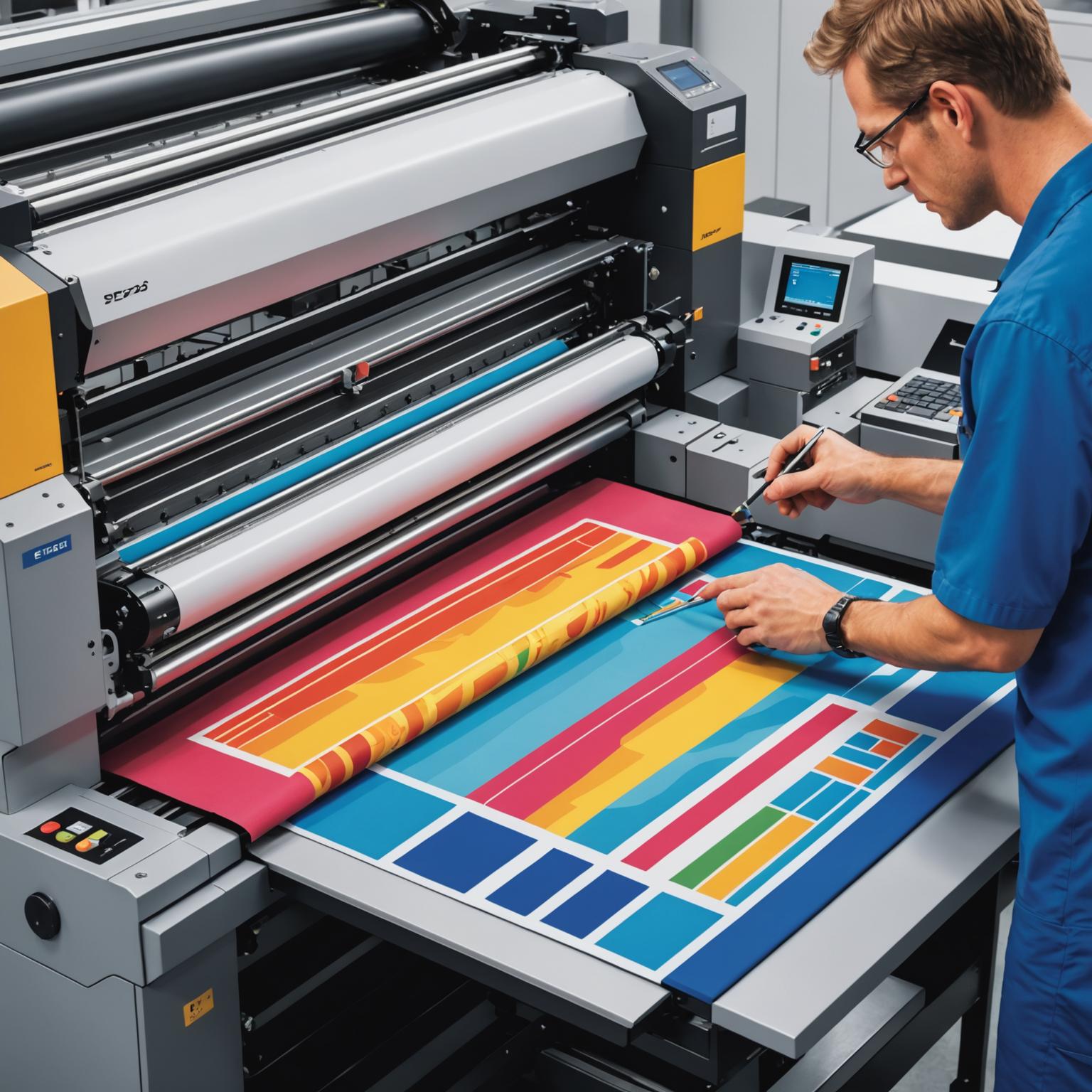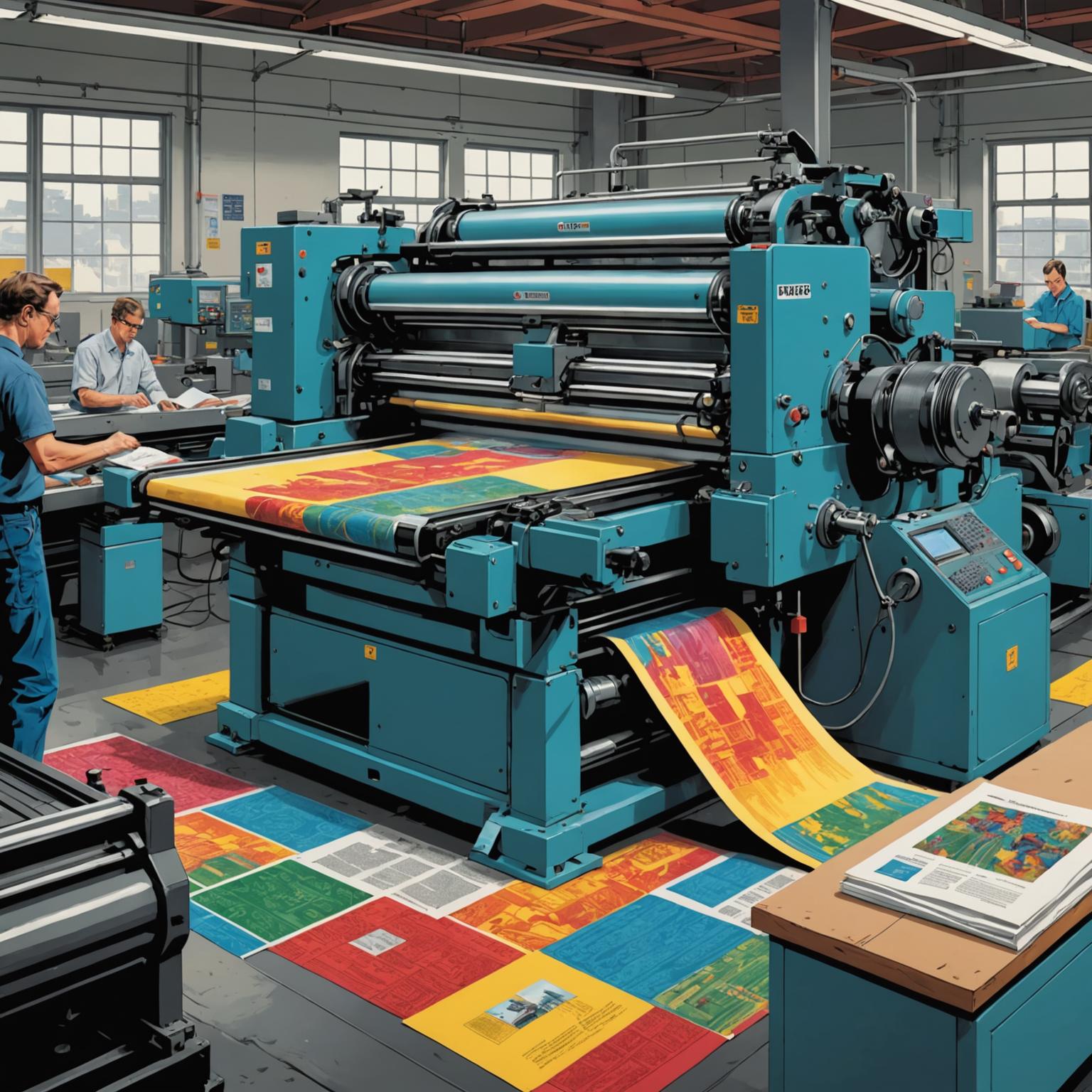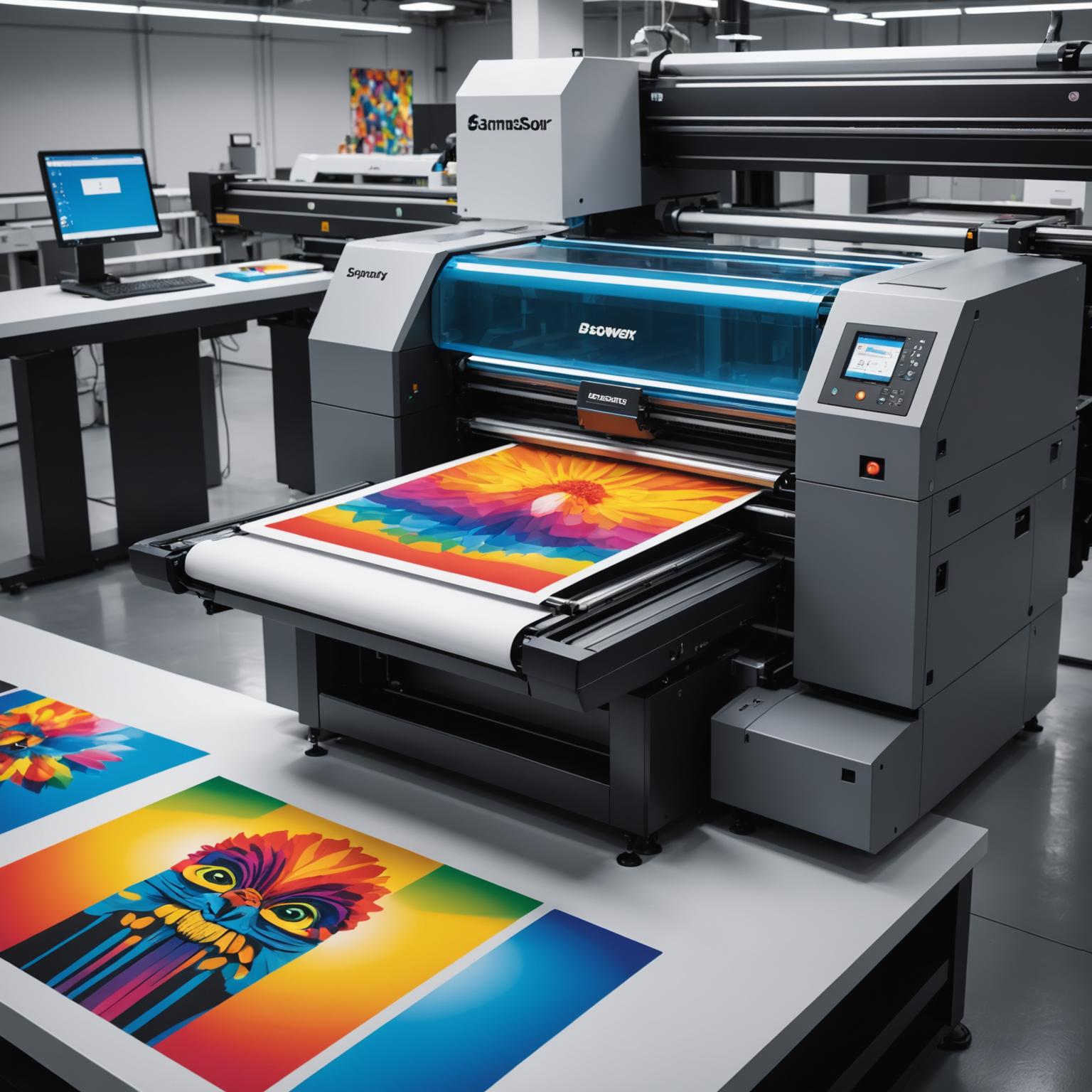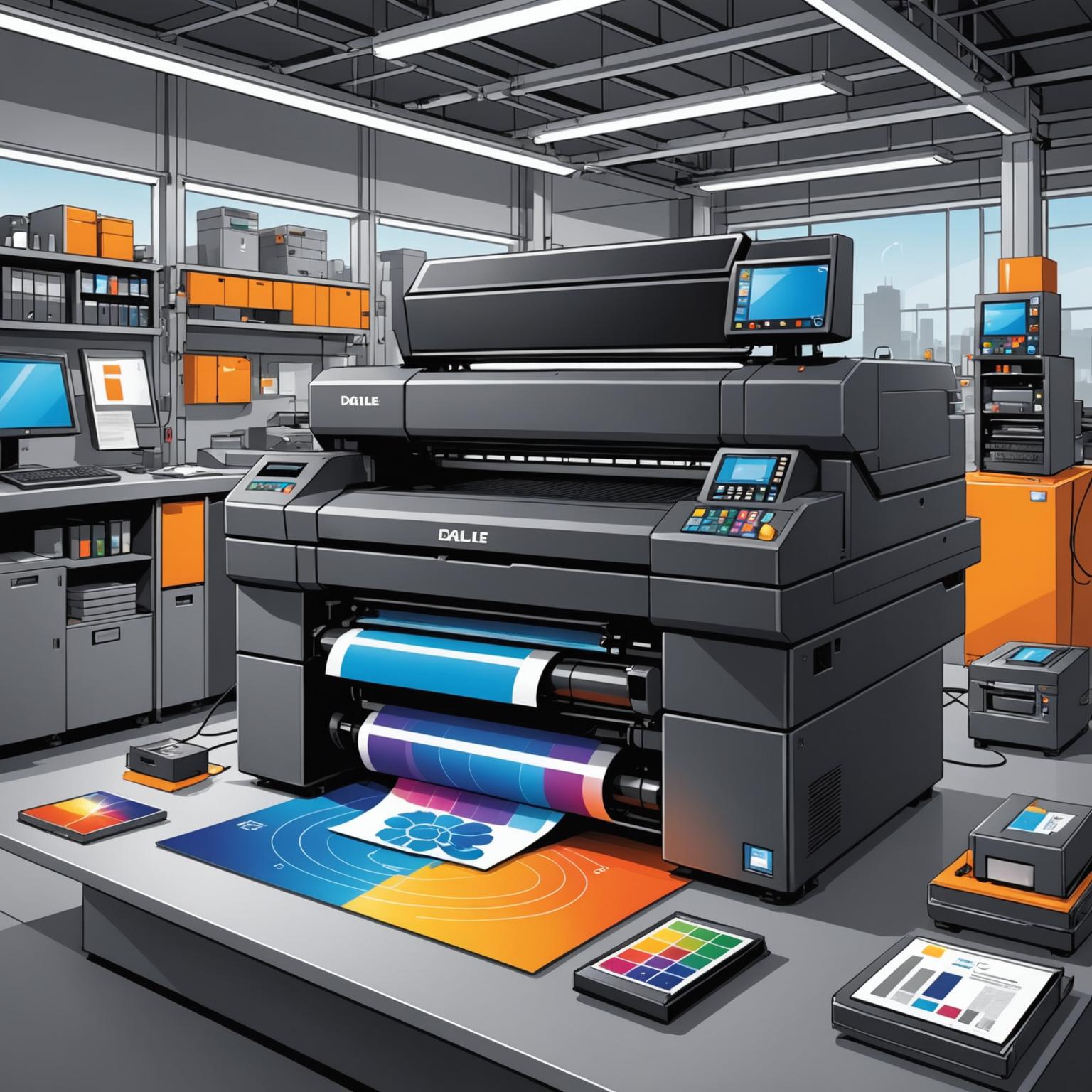In critical research, medical, and bio-storage environments, the integrity of a sample is paramount, and this integrity often depends on something as seemingly simple as its label. However, standard labels are not equipped to handle the extreme conditions of cryogenic storage, leading to catastrophic failures. This is precisely why the development of a specialized deep freeze label is one of the most crucial advancements in laboratory organization and sample preservation. Don't let your invaluable work be compromised by a failing adhesive or an illegible tag; understanding the necessity of purpose-built labels is the first step in safeguarding your assets.
The High Cost of Label Failure in Cold Storage
Why should you be so concerned about a simple label? Imagine losing months or even years of research because a sample identification tag has peeled off in a -80°C freezer. Consider the risks of a clinical mix-up because a barcode has become smudged and unreadable due to condensation and frost. The consequences of using an inadequate label in a deep freeze environment are severe, ranging from significant financial loss to jeopardizing patient safety and invalidating entire scientific studies. Standard adhesives become brittle and fail, paper-based materials disintegrate, and inks can easily smear. Investing in a robust labeling solution isn't an added expense; it's a fundamental requirement for maintaining data integrity and operational excellence. You simply cannot afford the risk associated with an unreliable identification system.
The Science Behind a Superior Deep Freeze Label
What sets a dedicated deep freeze label apart from a conventional one? The difference lies in advanced material science and engineering. These labels are constructed from durable synthetic materials, such as polyester or polypropylene, which remain flexible and stable even at ultra-low temperatures down to -196°C, the temperature of liquid nitrogen. The real innovation, however, is in the adhesive. They utilize specialized cryogenic adhesives formulated to withstand extreme temperature cycling. Unlike regular glues that harden and lose their grip, these adhesives often strengthen their bond in colder conditions, ensuring the label stays securely attached to vials, tubes, plates, and storage boxes, whether they are made of glass or plastic. Furthermore, the surface of these labels is engineered to be compatible with thermal transfer printing, which creates a durable, smudge-proof, and chemical-resistant print that remains crisp and scannable for decades.
Choosing the Right Label for Your Critical Application
Selecting the appropriate label requires careful consideration of your specific needs. You must first evaluate the temperature range of your storage, whether it's a standard freezer (-20°C), an ultra-low freezer (-80°C), or vapor phase liquid nitrogen. The label must be rated for that environment. Next, consider the container itself. A label for a small, curved cryo-vial needs a different level of flexibility and adhesion than one for a flat-surfaced freezer box. Another critical factor is the application condition. Will you be labeling tubes at room temperature before freezing, or do you require a label that can be applied directly to an already frozen surface? Specialized labels exist for these challenging 'frost-proof' applications. Protect your work, your data, and your investment by making the conscious choice to implement a labeling system designed to perform flawlessly under the most demanding cold storage conditions. It's an essential decision for any modern, high-stakes laboratory.


